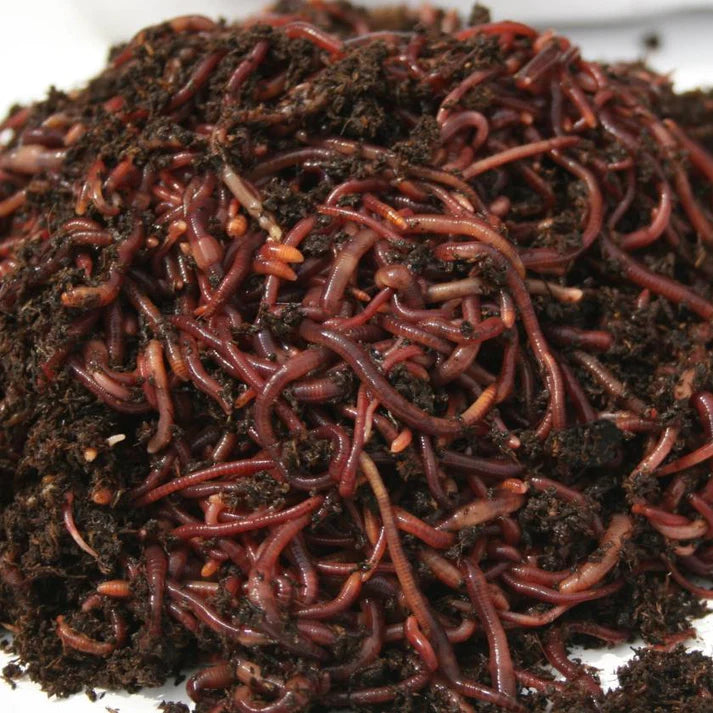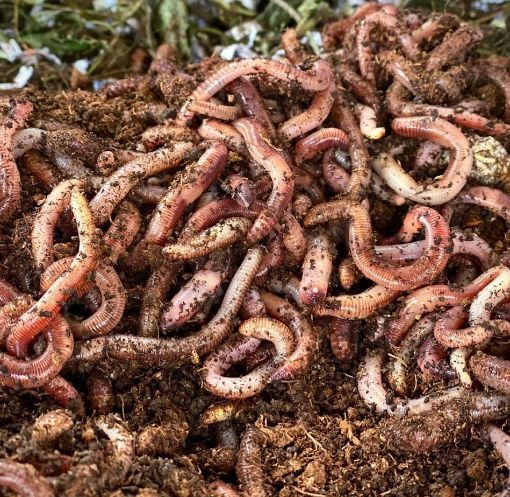Some Ideas on Red Wiggler Express You Need To Know
Some Ideas on Red Wiggler Express You Need To Know
Blog Article
The Basic Principles Of Red Wiggler Express
Table of ContentsSome Known Incorrect Statements About Red Wiggler Express The Best Strategy To Use For Red Wiggler Express10 Easy Facts About Red Wiggler Express ExplainedAbout Red Wiggler Express
With the international push for sustainability and with eco-friendly practices growing in appeal, individuals are finally coming around and acknowledging the environmental advantages of red wiggler worms and composting. In this short article, we'll talk about just how vermicomposting supports lasting horticulture and the environmental benefits of red wigglers and various other earthworms.
This is the brief of it. If you intend to review comprehensive about red wiggles, we have a whole write-up dedicated to them below. Now, let's enter into the nuts and bolts of exactly how these worms sustain sustainable horticulture techniques and profit the environment: Worm composting is like a day spa day for your dirt.
When incorporated right into your garden dirt, these castings boost its framework, aeration, and water retention. This aids with plant growth and health and wellness and does not call for the usage of any type of chemicals. Did you know that natural waste makes up a considerable part of landfill product?
By diverting your cooking area scraps and backyard waste right into a worm composting container, you're successfully lowering the quantity of organic waste that ends up in landfills. It's a great deal for your yard and the world. Fail to remember regarding chemical plant foods worm castings are the genuine bargain. They're chock-full of crucial nutrients like nitrogen, phosphorus, and potassium.
Indicators on Red Wiggler Express You Need To Know

Keep the bin in an awesome, questionable area to stop overheating. Mix the nutrient-rich worm castings into your garden soil or use them as a leading clothing for potted plants. You'll see much healthier, happier plants in no time at all! It really is as straightforward as that. In a world where sustainability is ending up being significantly important, red wigglers beam as unhonored heroes of horticulture.
Composting might seem like old news, but doing it with a bin full of worms probably doesn't. Red wiggler worms provide excellent benefits to the organic garden enthusiast, producing both a natural plant food and an efficient chemical. And they eat your cooking area scraps. The value of red wigglers, a.k (Red Wiggler Express).a. Eisenia fetida, hinges on their excrement, referred to as worm spreadings.
Worm castings might be bought at stores such as SBS in Vineyard Sanctuary or Vineyard Gardens in West Tisbury, but to raise the worms in a compost bed and harvest your very own spreadings is a lot more fun. The work of these worms is an aspect of lasting living. Red wigglers are native to equine manure, where they tunnel to lay eggs.
Red Wiggler Express - Questions
(https://darkschemedirectory.com/gosearch.php?q=Red+Wiggler+Express)They can't make a great deal of it." He covers the bin with straw, then an item of old carpeting. "They like the warmth," he claims. Lynn describes the manufacturing of castings and two uses: as a fertilizer and as a pesticide. "They absorb decomposing issue. It travels through them and includes calcium to make this rich earth," she states.
"We call it gold tea," claims Lynn. "I did it to see if it would make a distinction on white flies and aphids. My rosemary had a mold or fungi. After I sprayed, promptly it looked much better." The red wiggler is a vast dog breeder, laying eggs as often as when a week.
It takes 3 to five months for a baby worm to reach sex-related maturity and the grown-up length of 3 inches. Their life expectancy is 4 to five years unless of course they are utilized for bait. As freshwater fish lure, wigglers squirm on the hook and make it through underwater longer than conventional earthworms.

As one of the Epigeic course of garden compost worms, the normally does not show up in soils. Instead, it grows within the soils of fallen leaves clutter, manure, and breaking down plant life. The worm is red or reddish-brown in shade and has a smooth, round shape. The clitellum, or saddle-like reproductive gland, is situated about two-thirds of the way down the worm's body.
A red wiggler worm can grow up to four inches in size however is typically just about two and a fifty percent inches. The worm has a small mouth located at the front of its head. It additionally has tiny bristles, called setae, which aid the worm step and support itself to surfaces.

Report this page